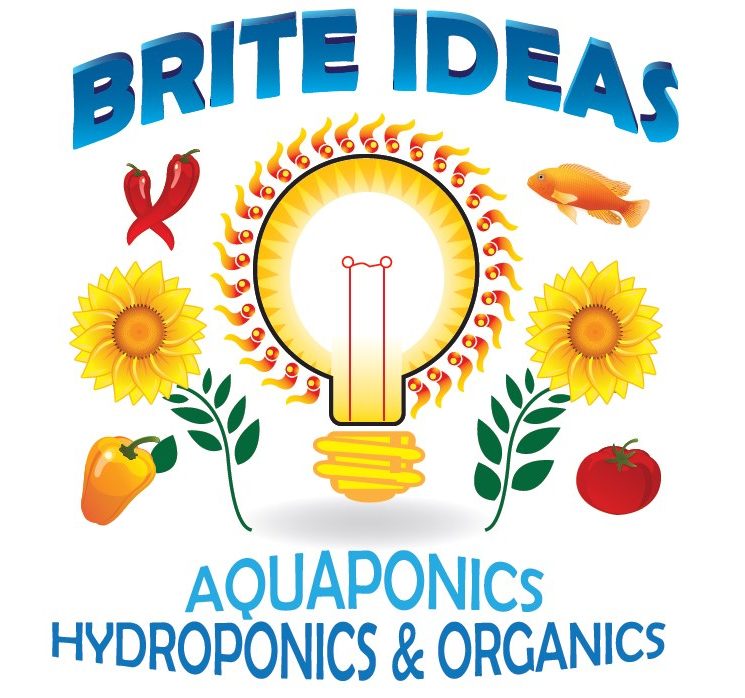In a media based system, the media itself is responsible for many aspects of your Aquaponic success. It retains water and oxygen for proper root growth, stabilizes the plants structure, filters fish waste from the water, and holds the bacterial life that is responsible for nutrient cycling. Media is also the part of the system that you will interact with the most. Your hands will be digging in, planting and harvesting frequently. The shape and weight of your media will dictate its ease of use. If your media is heavy and jagged, then you will need to use more caution not to tear off roots into the media bed. Leaving too much organic material for the system to decompose can put it out of balance. The condition of your hands will reflect your satisfaction with a given media as well.
The chemical properties of media are very important. If the media has qualities that change the pH of your system, it may create imbalances that will require more maintenance and attention. Some aggregates contain heavy metals and minerals that will impact the quality and health of your food production. Always thoroughly research the composition and safety of the media in your system. Our systems use a media called Expanded Clay. This has been the primary media used in the Aquaponic industry for many reasons. It is safe, light, easy to use, inert, and stores the proper ratio of water and oxygen to create a perfect environment for plant roots and bacteria. Your hands can effortlessly push through the clay balls to plant new starts, and roots pull right out of it while leaving minimal debris behind. We have experimented with many types of media, and the expanded clay has given us the nicest growing experience so far.
Benefits of Expanded Clay:
>> High porosity and high air content
>> Inorganic, neutral pH value, fungus free, does not rot
>> Light and visually appealing
Pre-Cycled Media
When you start an Aquaponic garden, the first thing that happens is the colonization of bacteria that convert fish waste into usable plant nutrients. This process typically takes 4-6 weeks. The bacteria are slow growing but fairly hardy once in place. Going through the cycling process is good for an Aquaponic gardener. Checking your test kit, doing water changes to save your fish from toxic levels of ammonia or nitrite, and discovering the secret to balancing your system is rewarded with knowledge and experience.
The other truth is that many people would like to have the functionality of an established system right from the beginning. There will be plenty of learning and experience to be gained through out the life of a system. 4-6 weeks can be a long time to wait when you see the sun shining and the growing season is at hand. For these people, we have pre-inoculated media right in the store, so you can start an AP system at any time with a well established colonization of nitrogen cycling bacteria. You can actually leave the store with a fully functioning system that you can add plants and fish to right when you get home.
